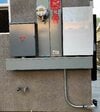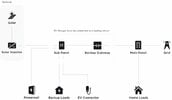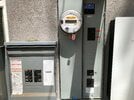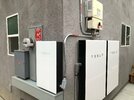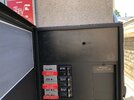Hi, I'm a long time reader but first time poster. I have an 8.16kw solar system with 2 Powerwalls. We are expecting delivery of our Model 3 LR in a few weeks. I have the Tesla wall charger and have an electrician who is going to install it. I have read some of the threads here about others integrating these system but I'm still unclear about best practices. My electrician is telling me because the back up sub panel is only 150 amps I can't hook up my charger to the backup side of my system and it needs to go to the grid side. He says that adding the 60 amp breaker will exceed the capability of the panel.
My understanding was that hooking the charger to the backup side is a viable option and the load is dynamically managed by the Tesla app.
Our system produces a lot of power back to the grid. On a typical long solar day my Powerwalls will change before noon and I had planned to use the rest of the afternoon to top off the car. At night the powerwalls power the house. I almost never use the grid this time of year and as I mentioned, bank a lot of power.
I like the idea of being able to charge the car off grid though I know some balancing care must be taken to not empty the Powerwalls. While researching my system I read the the whole system car and all should work off the backup side of the system with some limitations. Is there a limit to my system I'm not understanding or is it something my electrician is not getting. Any advice? Thanks.
My understanding was that hooking the charger to the backup side is a viable option and the load is dynamically managed by the Tesla app.
Our system produces a lot of power back to the grid. On a typical long solar day my Powerwalls will change before noon and I had planned to use the rest of the afternoon to top off the car. At night the powerwalls power the house. I almost never use the grid this time of year and as I mentioned, bank a lot of power.
I like the idea of being able to charge the car off grid though I know some balancing care must be taken to not empty the Powerwalls. While researching my system I read the the whole system car and all should work off the backup side of the system with some limitations. Is there a limit to my system I'm not understanding or is it something my electrician is not getting. Any advice? Thanks.




